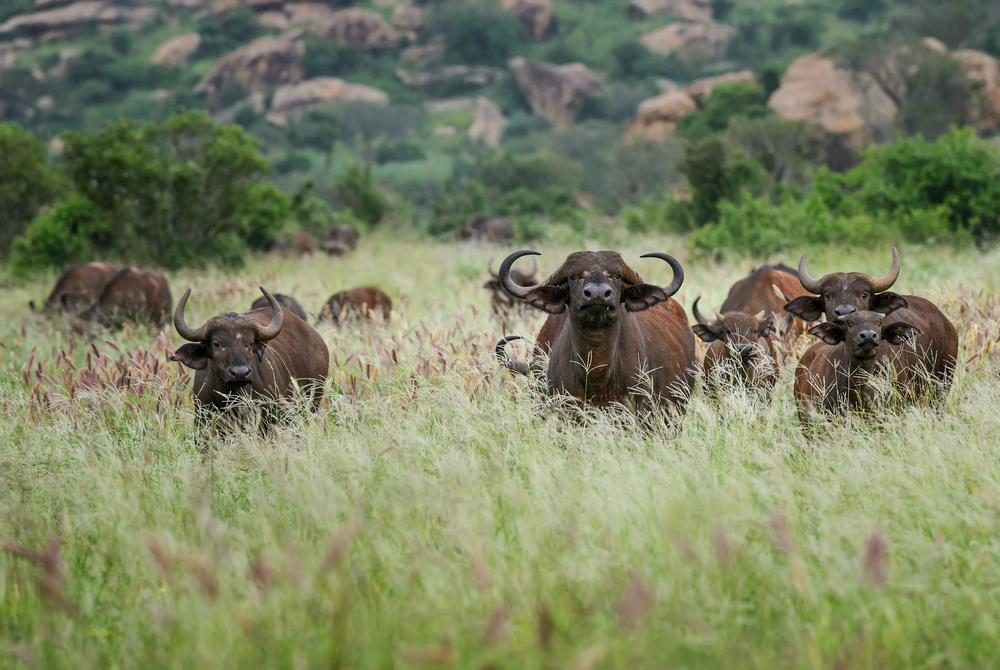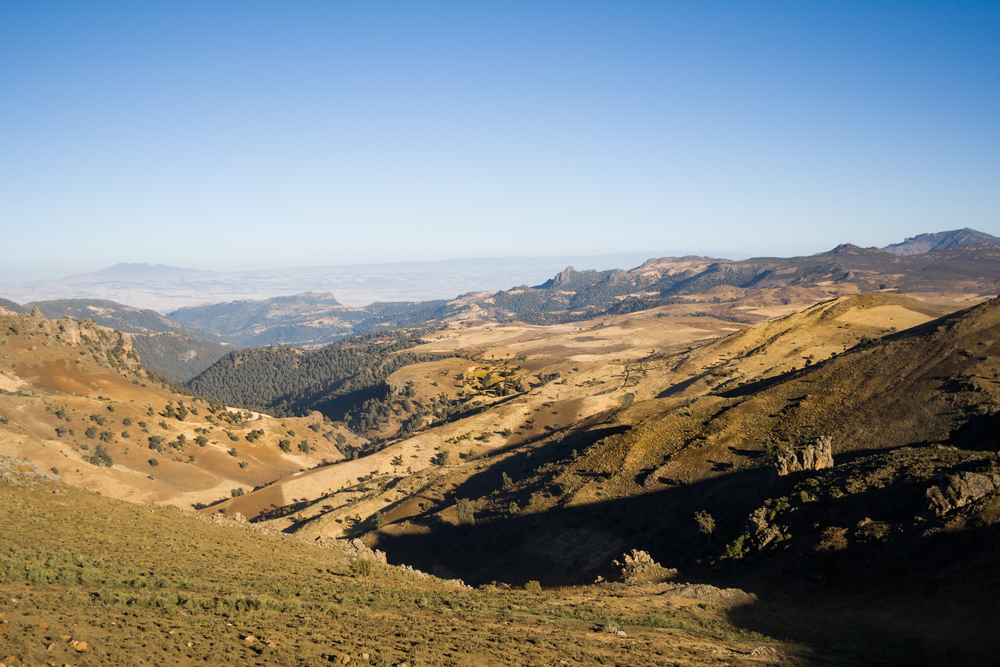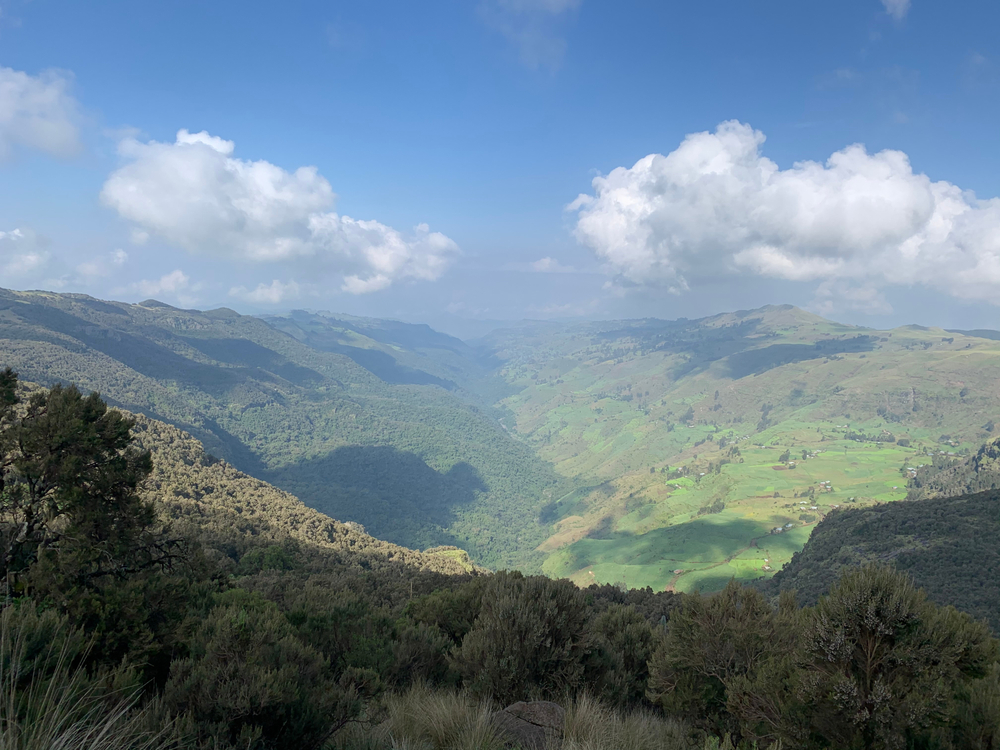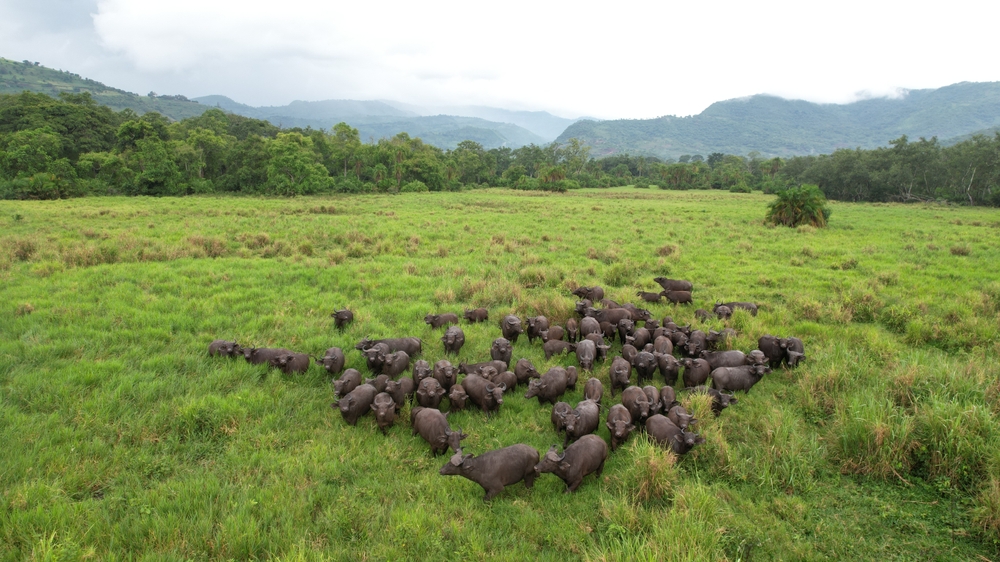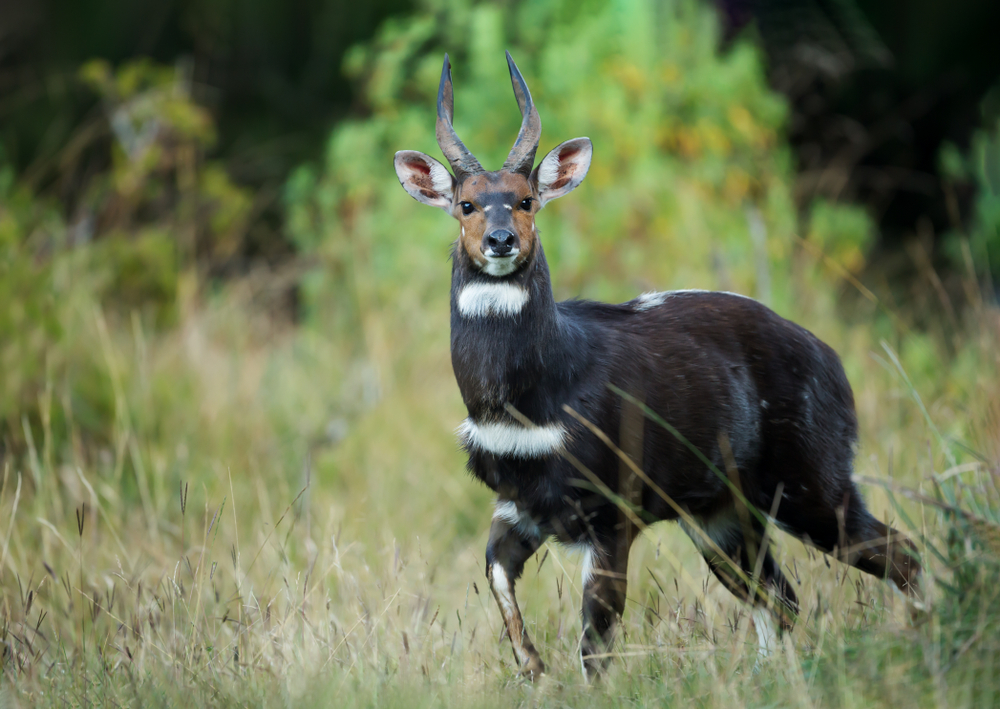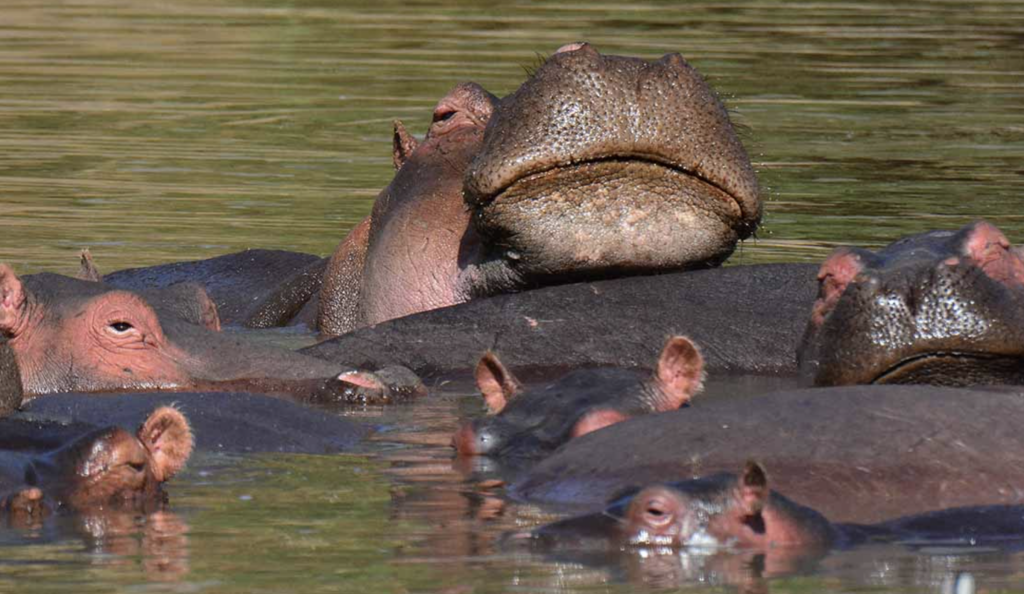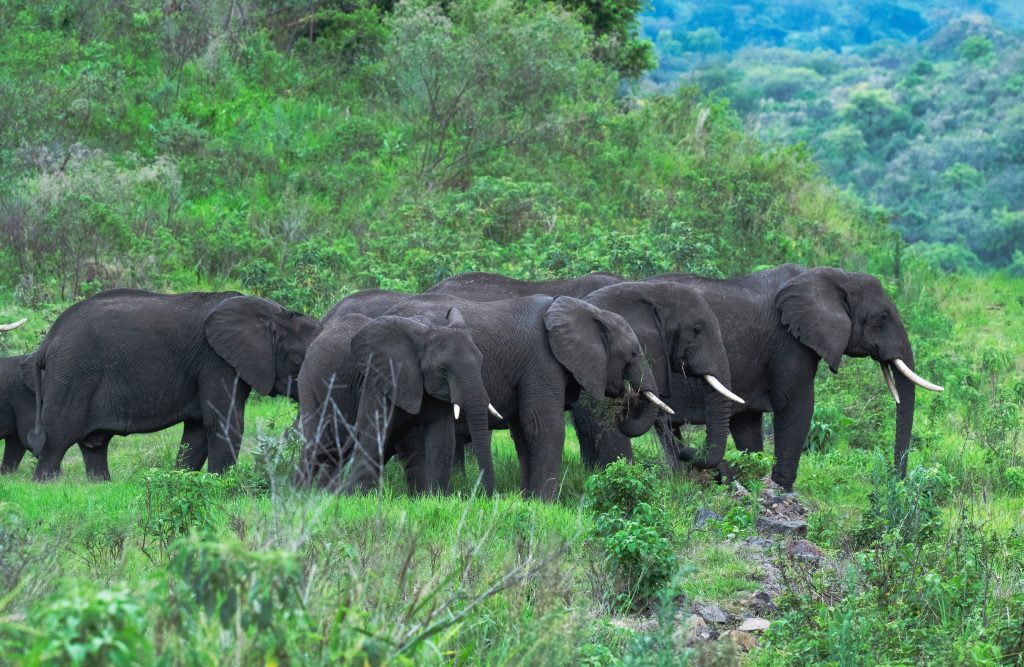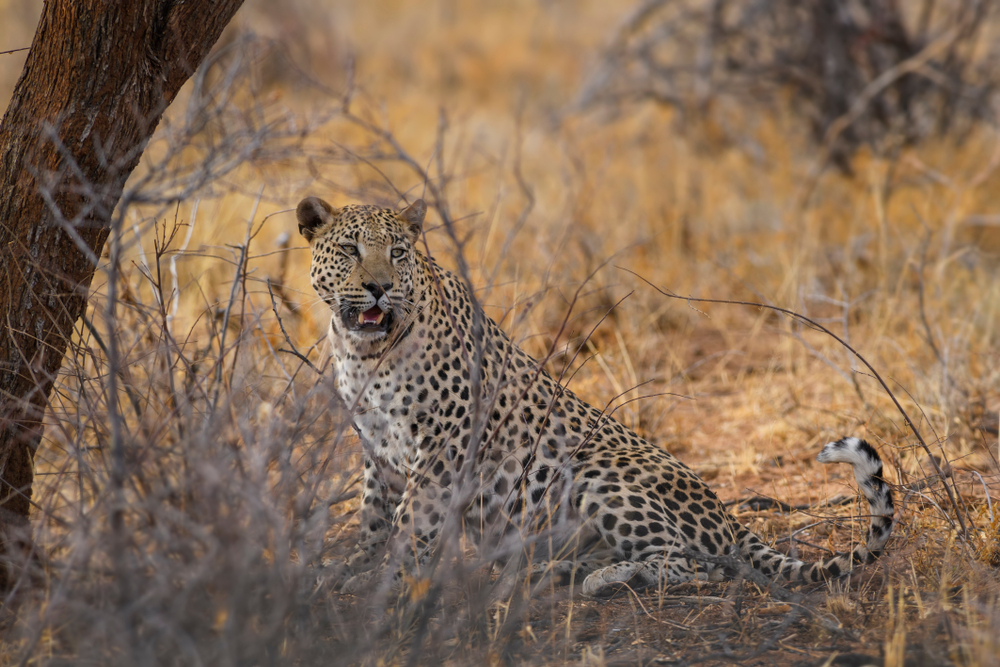Mao-Komo Overview
Mao-Komo National Park, located in Ethiopia’s Benishangul-Gumuz Region near the western border with Sudan, is a significant protected area recognized for its unique ecosystems and biodiversity. Locally referred to as “Mao-Komo Natonal Park”, the park spans an area of approximately 2,330 square kilometers (900 square miles). Established to preserve the diverse flora and fauna of the region, Mao-Komo National Park is a critical conservation site and a potential hub for eco-tourism.
The terrain of Mao-Komo National Park is characterized by a mix of savannas, grasslands, river valleys, and wooded hills, with an elevation ranging from 1,000 to 2,500 meters above sea level. The park’s location along the Blue Nile Basin enhances its ecological importance, as the rivers and streams that run through the park play a vital role in sustaining its habitats. The park’s vegetation is a combination of acacia-dominated woodlands, riverine forests, and open grasslands, creating a mosaic of habitats that support a wide variety of species.
Mao-Komo National Park is home to a diverse range of wildlife, including several species unique to the region. Large mammals such as elephants, buffaloes, and antelopes roam its savannas and woodlands. Predators like leopards, hyenas, and wild dogs also inhabit the park, contributing to its ecological balance. Birdlife is especially rich, with species such as Abyssinian ground hornbills, African fish eagles, and numerous weaver birds found in abundance. The rivers and wetlands are habitats for reptiles, including Nile crocodiles and various turtles, as well as amphibians.
Visitors to Mao-Komo National Park can experience its natural beauty through guided wildlife safaris and birdwatching tours. Hiking trails offer opportunities to explore its diverse landscapes, from wooded hills to riverine areas. The park’s serene rivers and forests provide ideal spots for picnics and photography. Cultural interactions with the local Mao and Komo communities add a unique dimension to the experience, offering insights into their traditional lifestyles and sustainable resource management practices.
Despite its ecological significance, Mao-Komo National Park faces considerable challenges. Habitat degradation due to agricultural expansion, illegal logging, and overgrazing threatens its delicate ecosystems. Poaching and human-wildlife conflict also pose significant risks to the park’s biodiversity. Conservation efforts, led by the Ethiopian Wildlife Conservation Authority (EWCA) and supported by local and international partners, focus on habitat restoration, anti-poaching measures, and community engagement programs. Developing eco-tourism infrastructure is also a key strategy for generating revenue and promoting awareness about the park’s value.
Mao-Komo National Park is a vital part of Ethiopia’s natural heritage, showcasing the ecological and cultural diversity of the Benishangul-Gumuz Region. Its unique landscapes, rich biodiversity, and cultural significance make it an essential area for conservation and a promising destination for sustainable tourism. Protecting this park ensures the preservation of its ecosystems for future generations and contributes to Ethiopia’s broader conservation goals.








































































